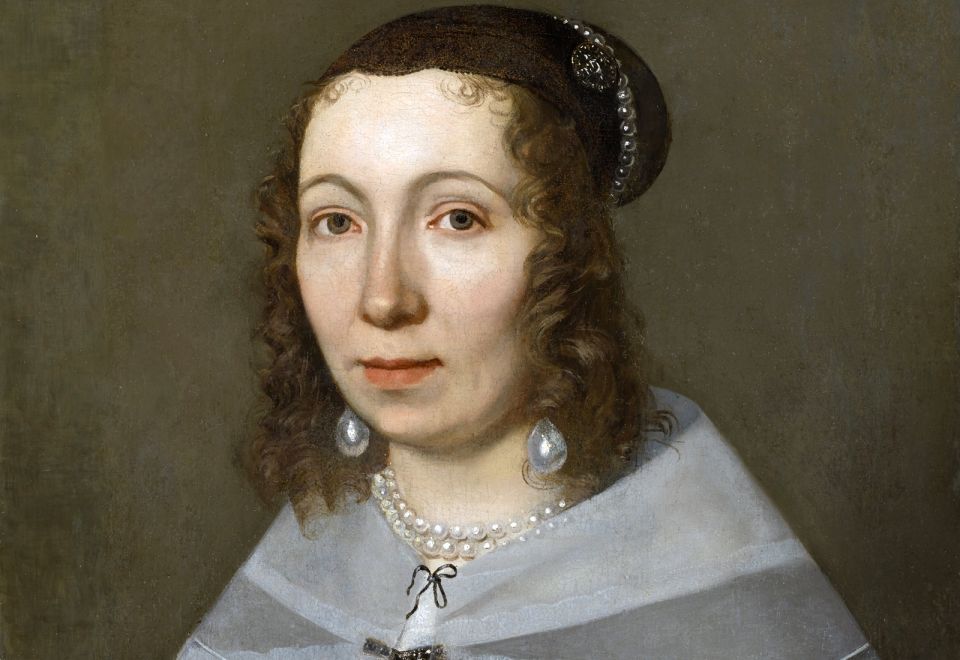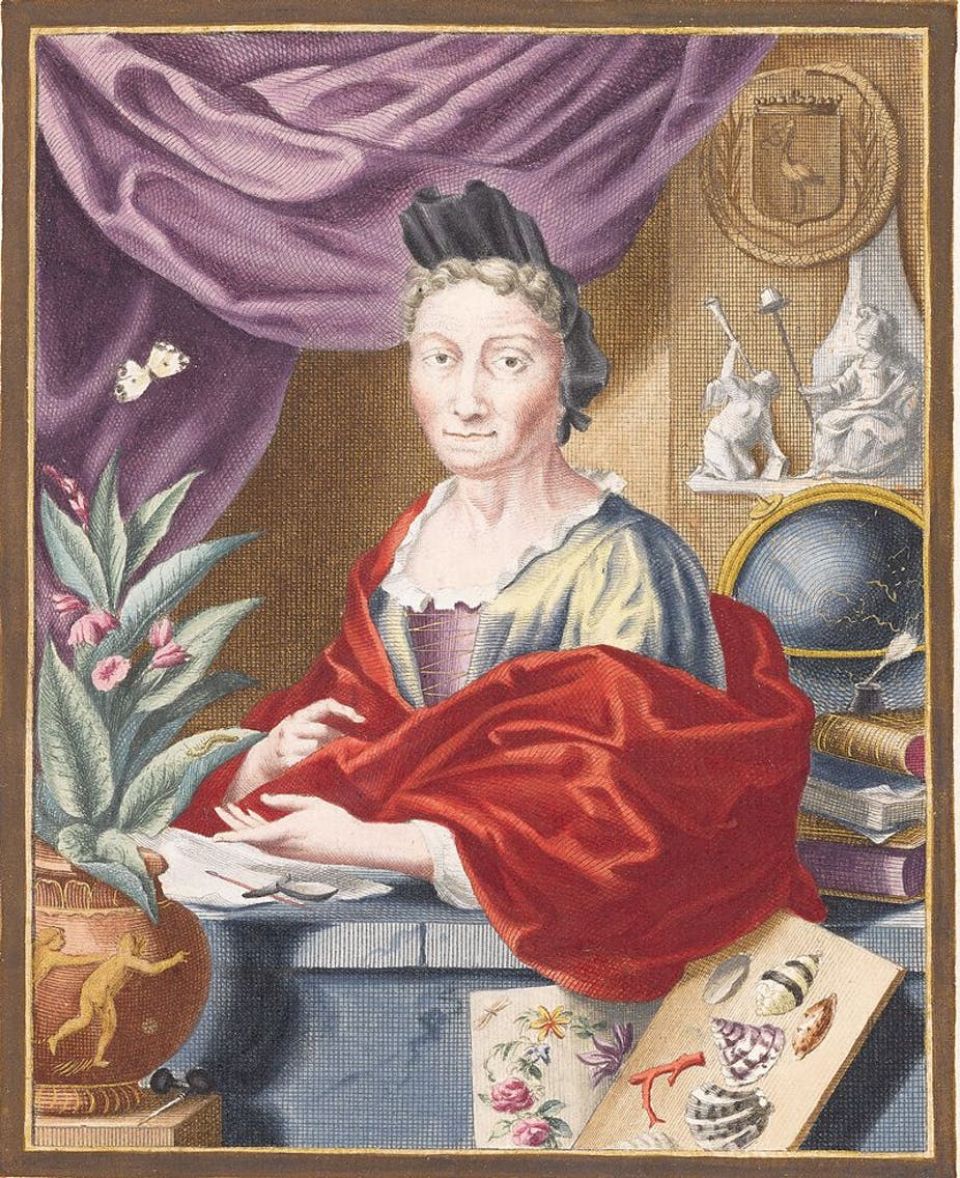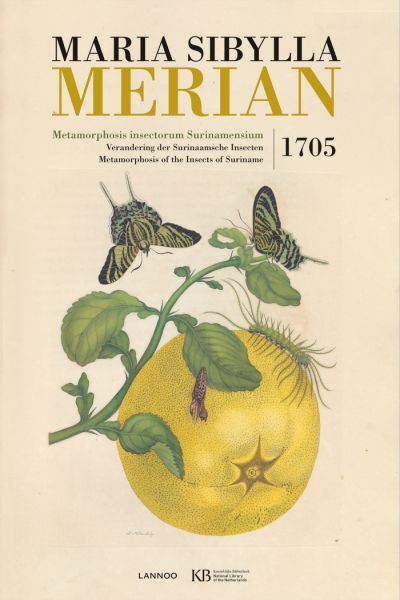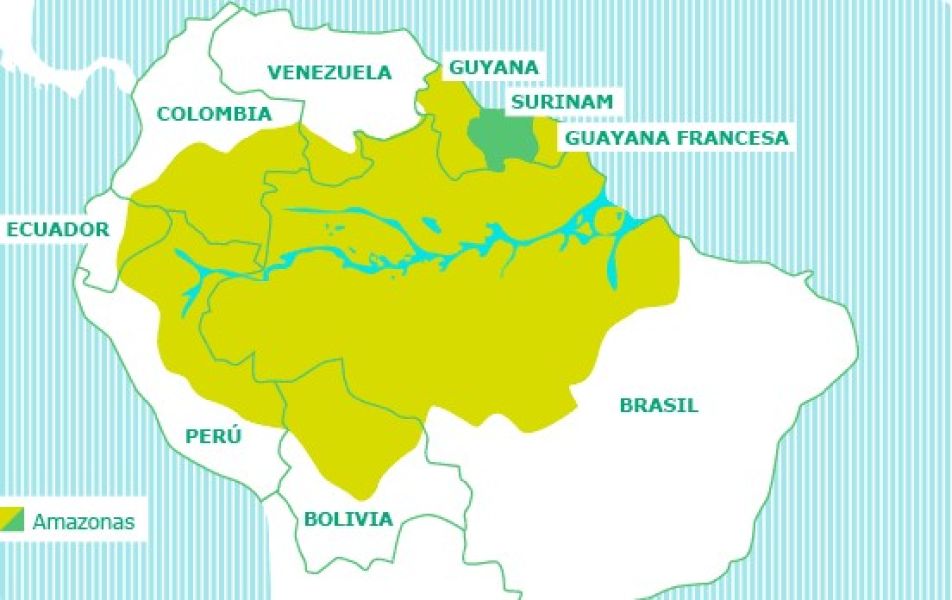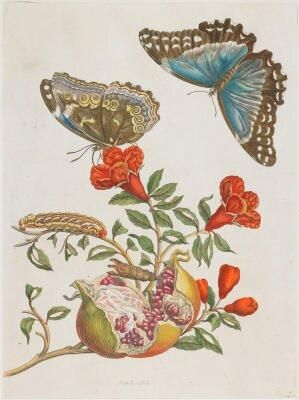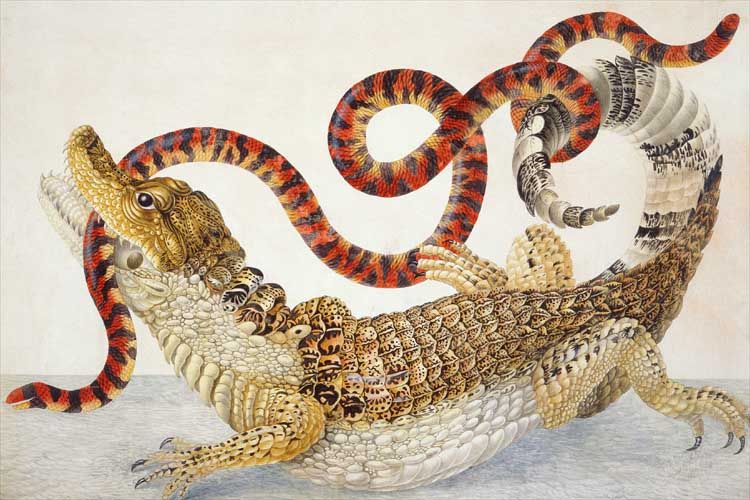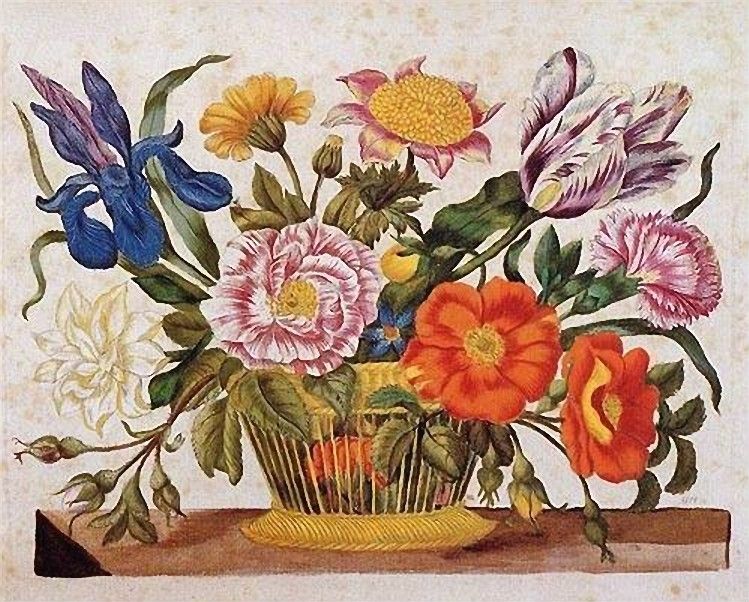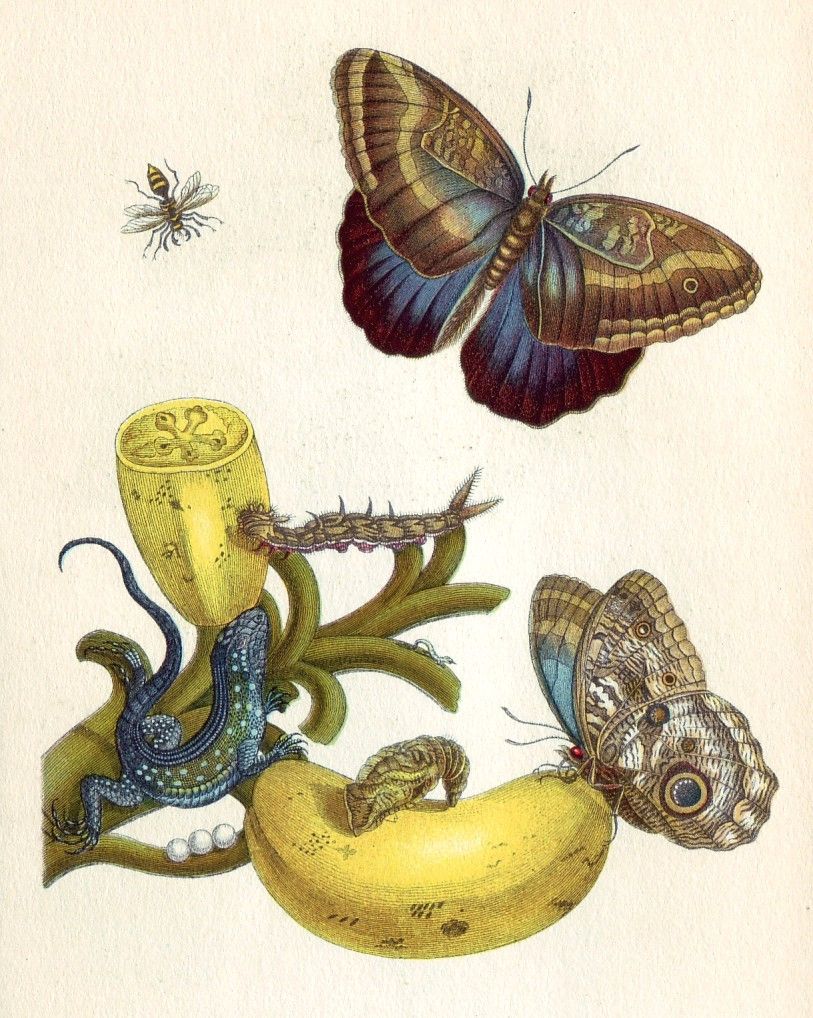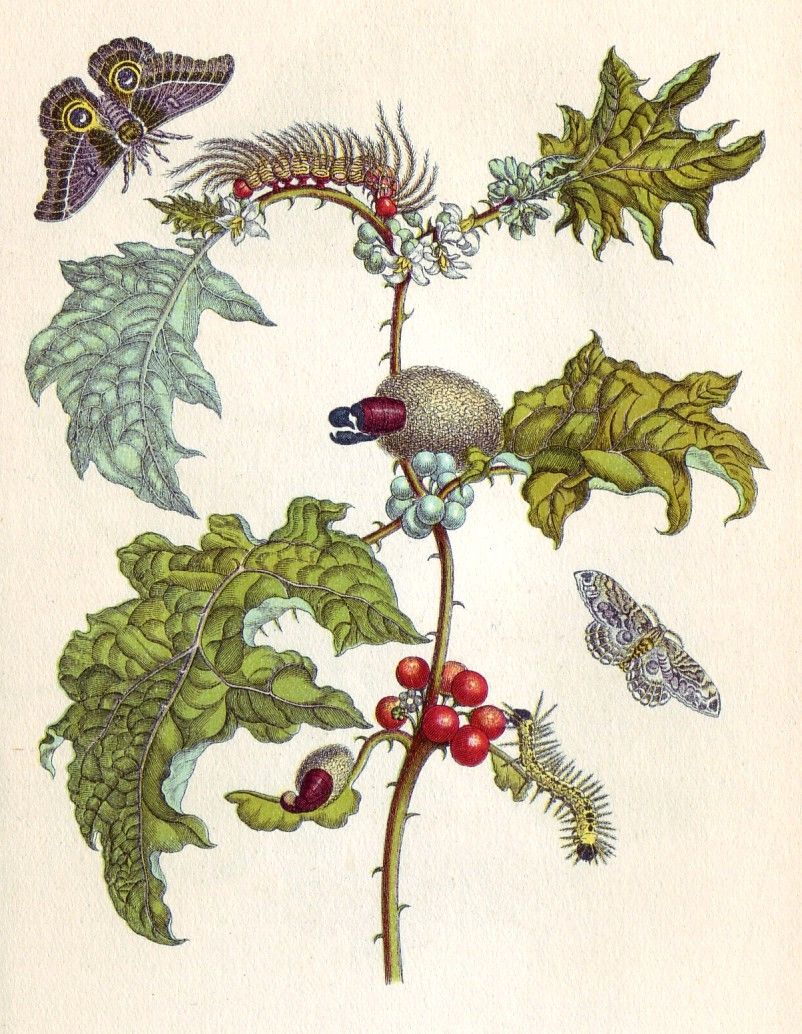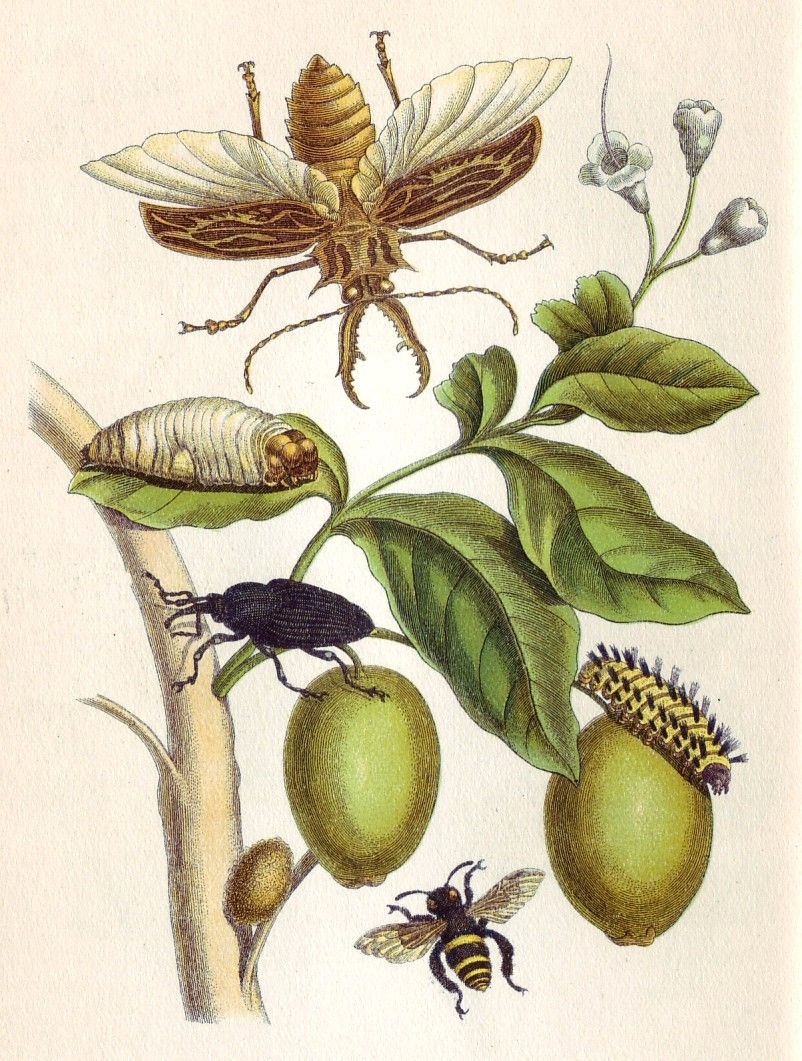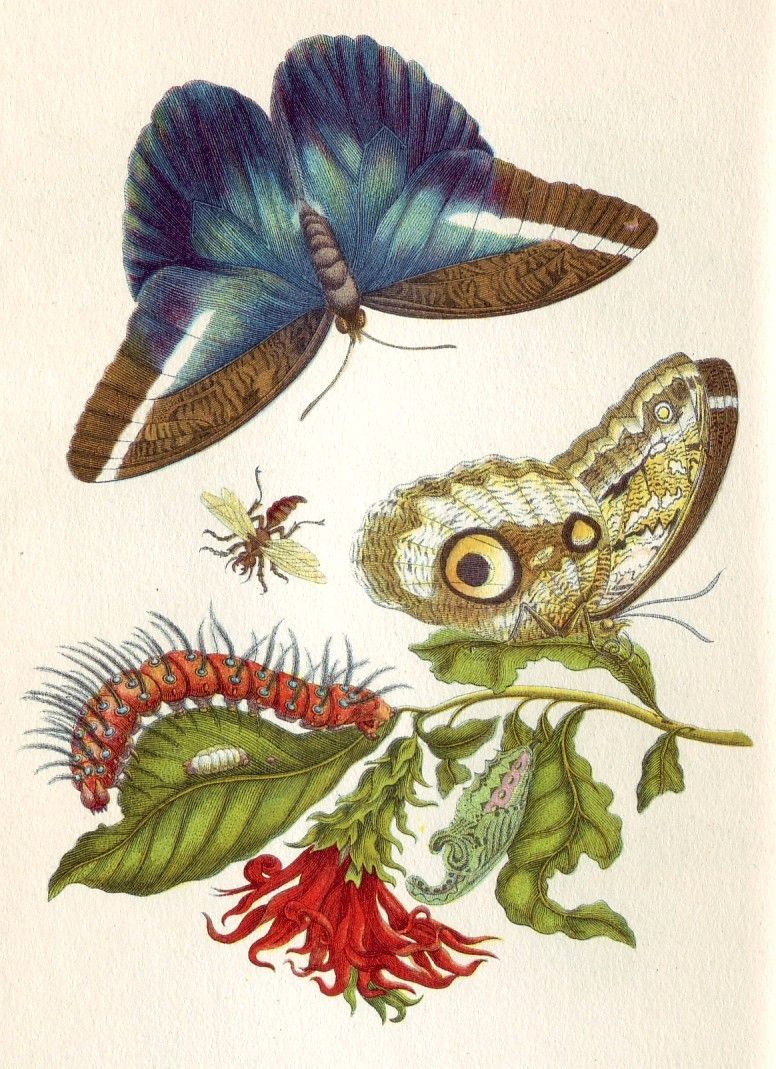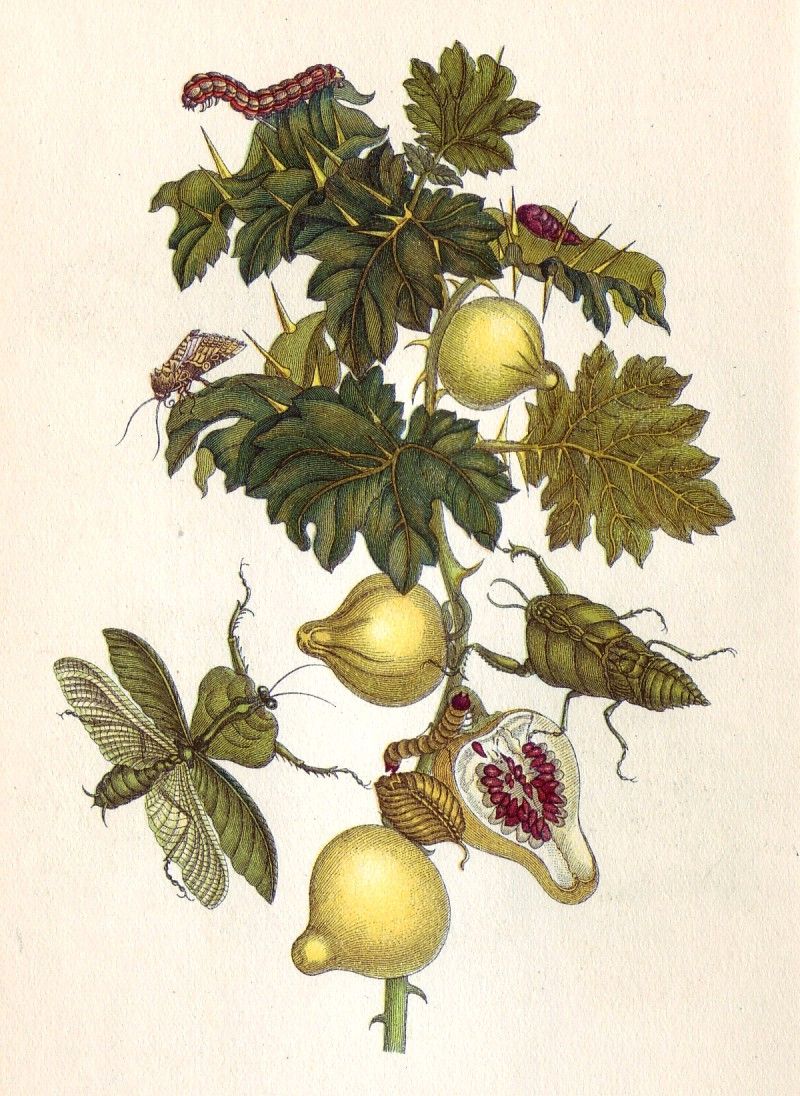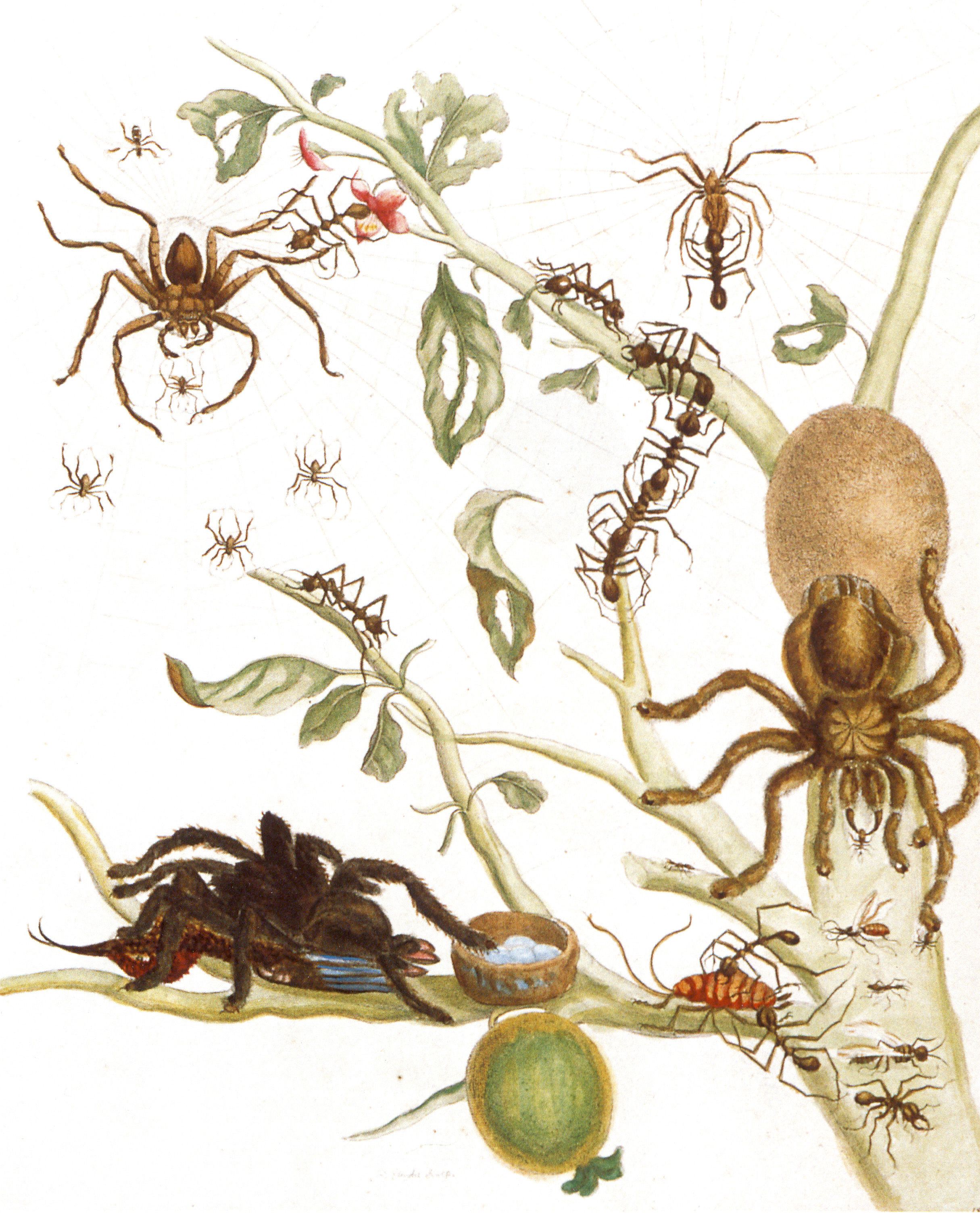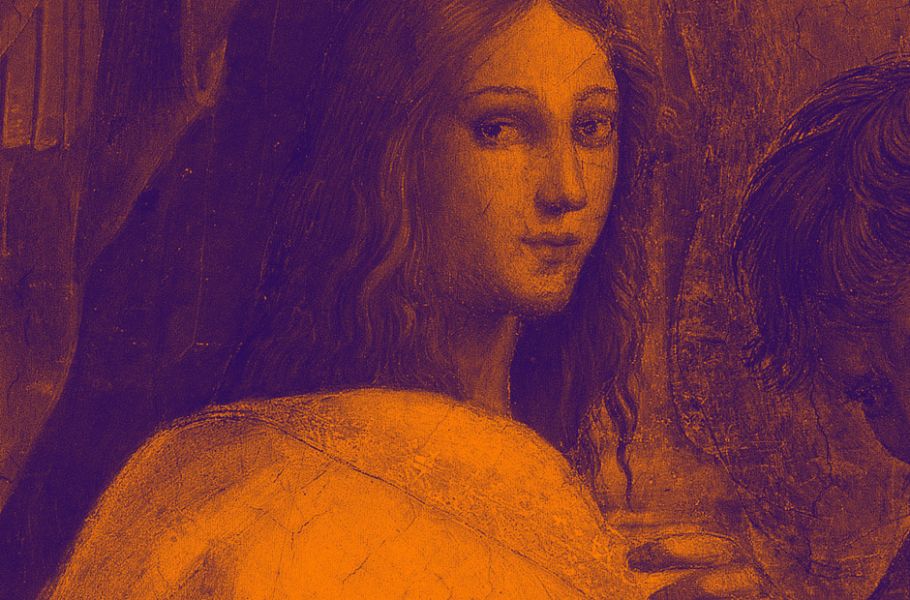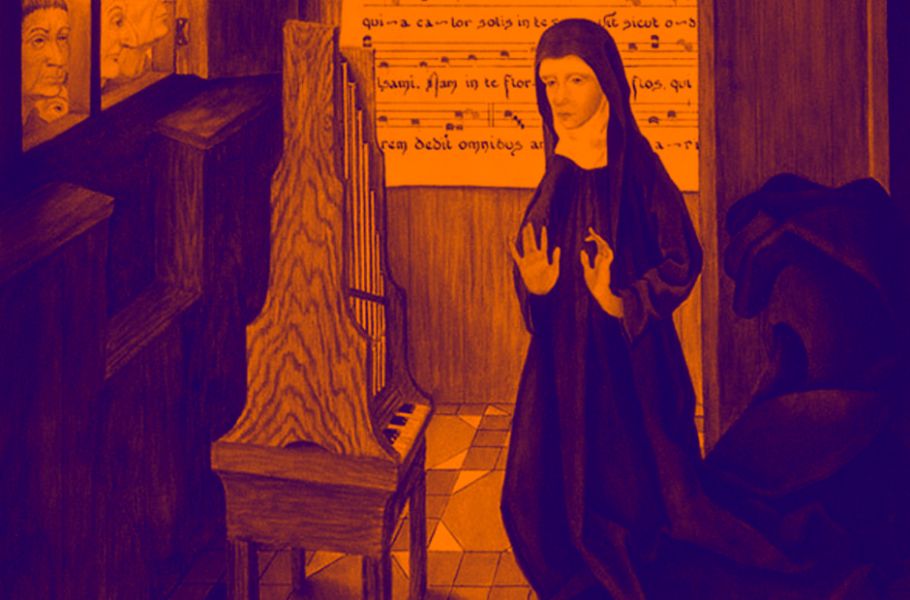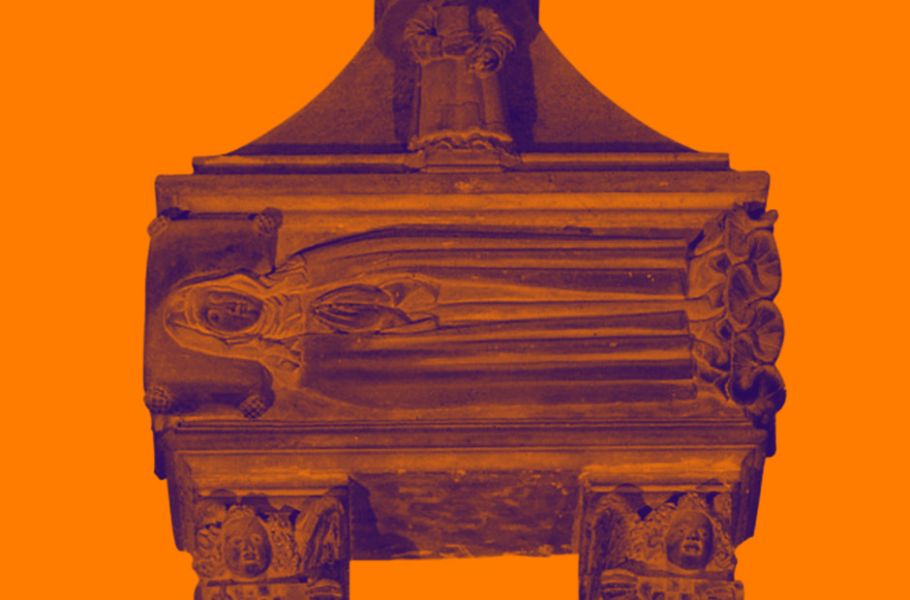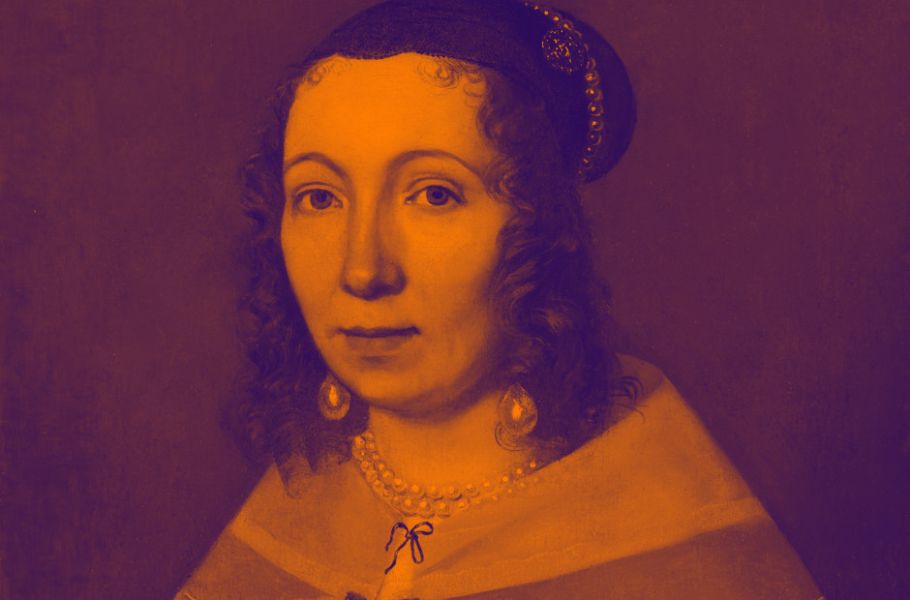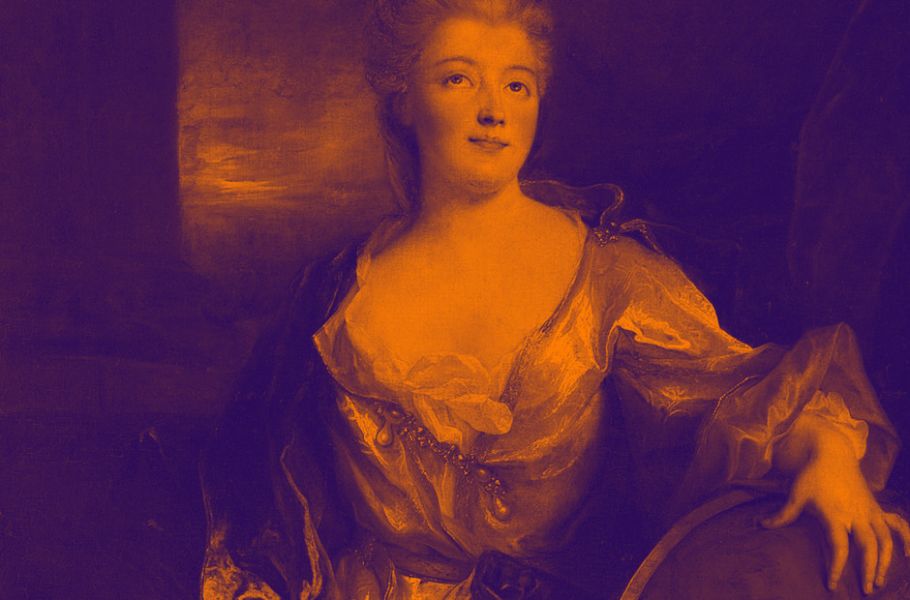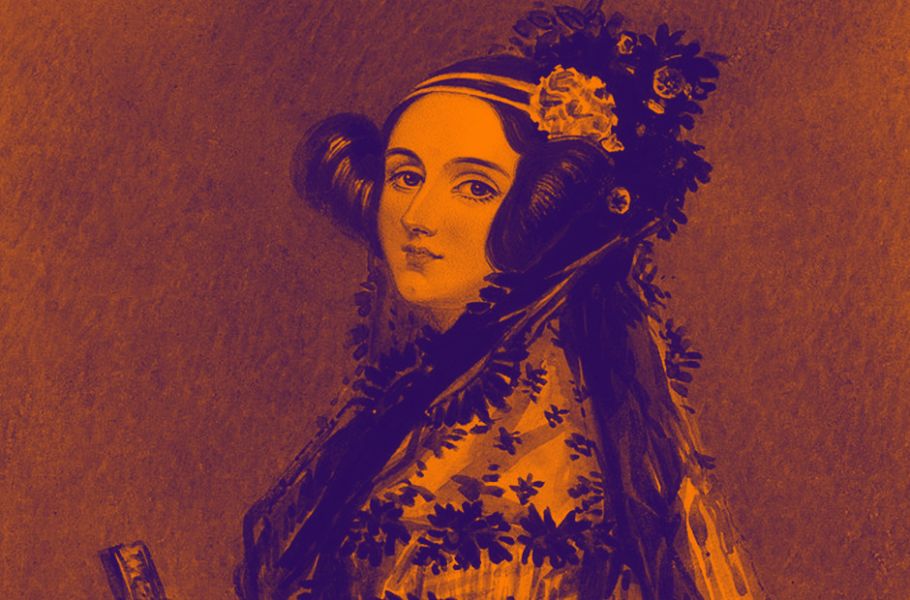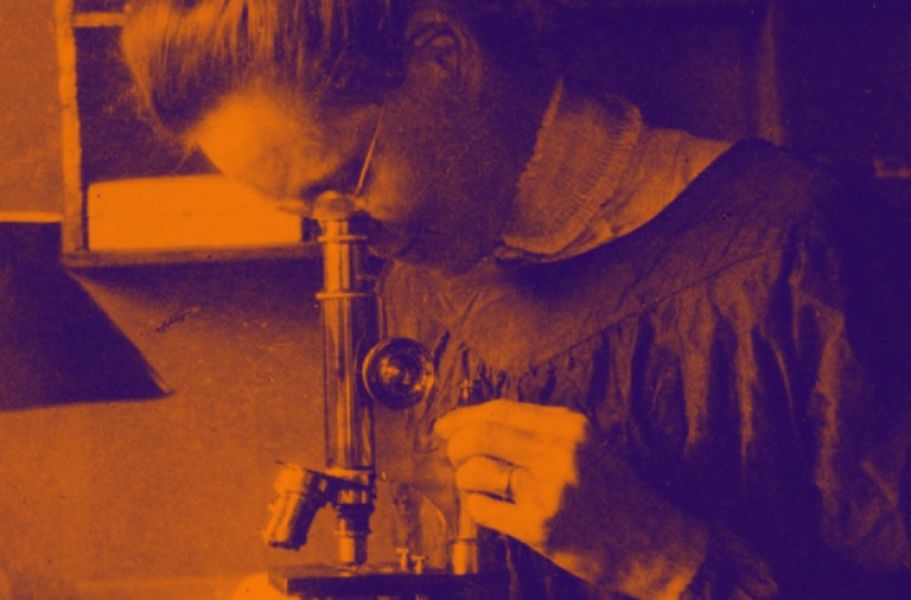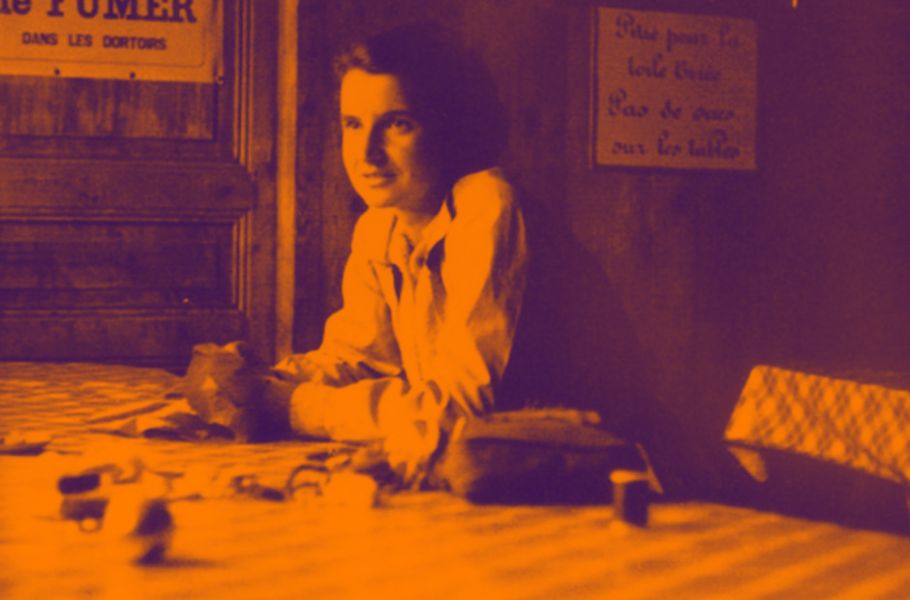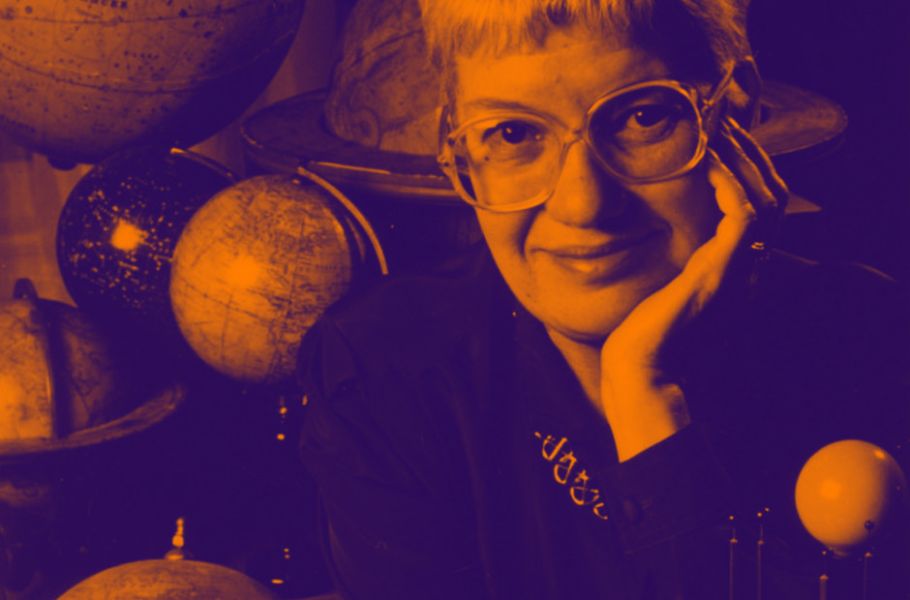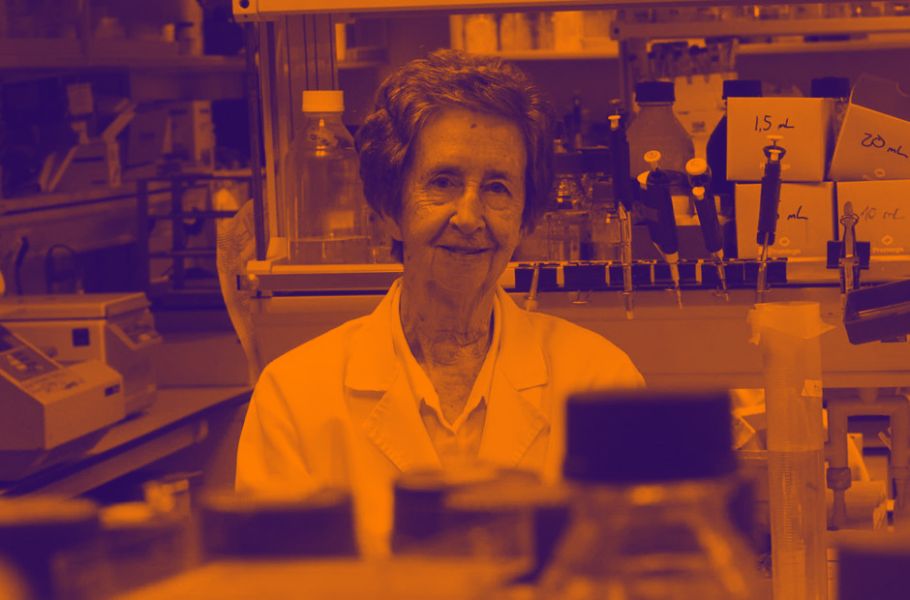Maria Sibylla Merian
Frankfurt, GERMANY
1647-1717
-
occupation
Lepidopteròleg, botanical illustrator, painter, il·lustradora, entomologist, scientific and botanical illustrator -
area
Entomology
-
nationalityGermany
-
Acknowledgments
Georg Friedrich Handel (1685-1759) composed his Concerto Grosso On. 3, no. 2 Maria Sibylla Merian in his honor.
His portrait appears in the ticket 500 marks German
It also appears in a label 0.40 marks from 1987 series Women in German history
Several schools bear his name
January 2005 City Warnemünde jumped ship with its name belonging to the Baltic Sea Research Institute.
Developmental Biology
Maria was the first western scientific history researches and plasma, plus plastic form, not only textual, developmental biology, focusing for the time being on entomology.
Maria established herself as the first scholar of ecology, although this science had not been established
Art and nature will always be fighting until they finally conquer each other so that victory is the same line and line.
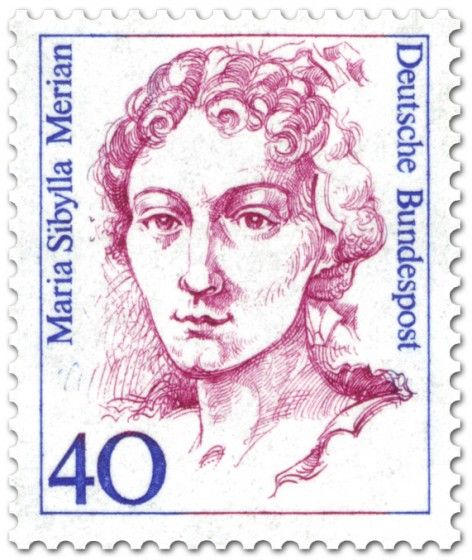
FREQUENTLY ASKED QUESTIONS
The work of Merian is considerable. In his day, it was really rare for someone to be interested in insects. The metamorphosis was almost unknown animals. The fact that she published The Caterpillar, wonderful transformation and strange floral food in German made it popular in high society. For this same reason, was defugida by scientists of his time, as the official language for science was Latin.
Parallel to metamorphosis, Maria Sibylla Merian also described many other details of the evolution and life of insects. He showed, for example, that each caterpillar depends on a small number of plants for its food and that, so, the eggs were laid near these plants. This work made her one of the first naturalists to actually observe insects, which allowed him to explore many aspects of their development.
Continue your research in Surinam was its greater originality. Generally their contemporaries traveled to colonies to find items, make collections and work on them or to settle. Scientific travel was almost unknown at the time, so the project was taken as an eccentricity Maria.
reached, But, discover in the lands of Suriname a whole series of completely new animals and plants, with its classification, depicting in great detail. Its classification of the butterflies day and night (that called butterfly-chapels and butterflies-owls) is still valid. Used for plants that the names of Indians imported to Europe.
The drawings of plants, serps, spiders, hand-made tropical iguanas and beetles are still considered works of art and collected by amateurs around the world.. The German word Vogelspinne (migale), literally spider-bird probably derives from one of his engravings - inspired by one of the sketches of Suriname- represents an enormous spider capturing a bird.
- New book of flowers [New flower book], volume 1, 1675.4
- New book of flowers, volume 2, 1677.4
- New book of flowers, volume 3, 1677.4
- The child, wonderful transformation and strange floral feeding [The crawler wonderful transformation and strange flower food], 1679.5
- Insect metamorphosis of Suriname [Metamorphosis of insects Surinamensium], 1705.6
Although his work was rich, care and new, his name fell into oblivion after his death, in 1717. It was not until the twentieth century that rescued its scientific figure.
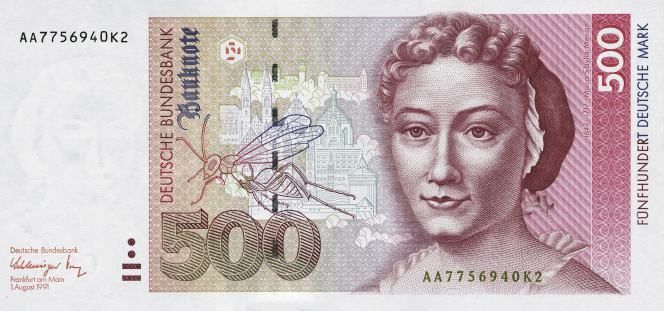
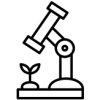
Botany

entomologist
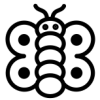
Lepidopteròleg

Pintora

